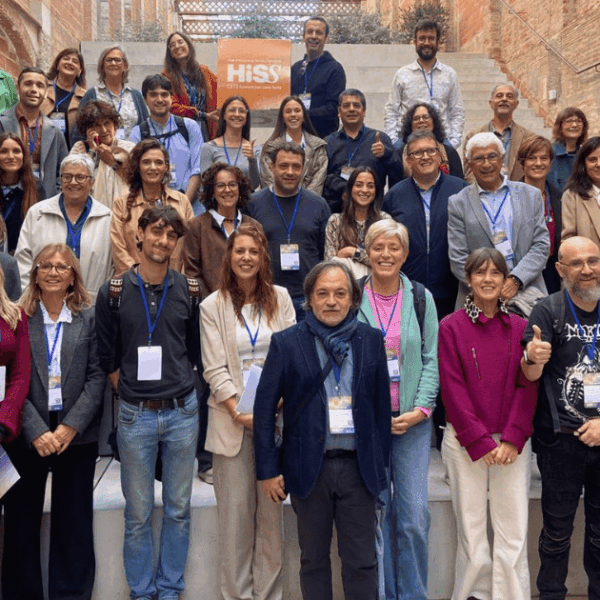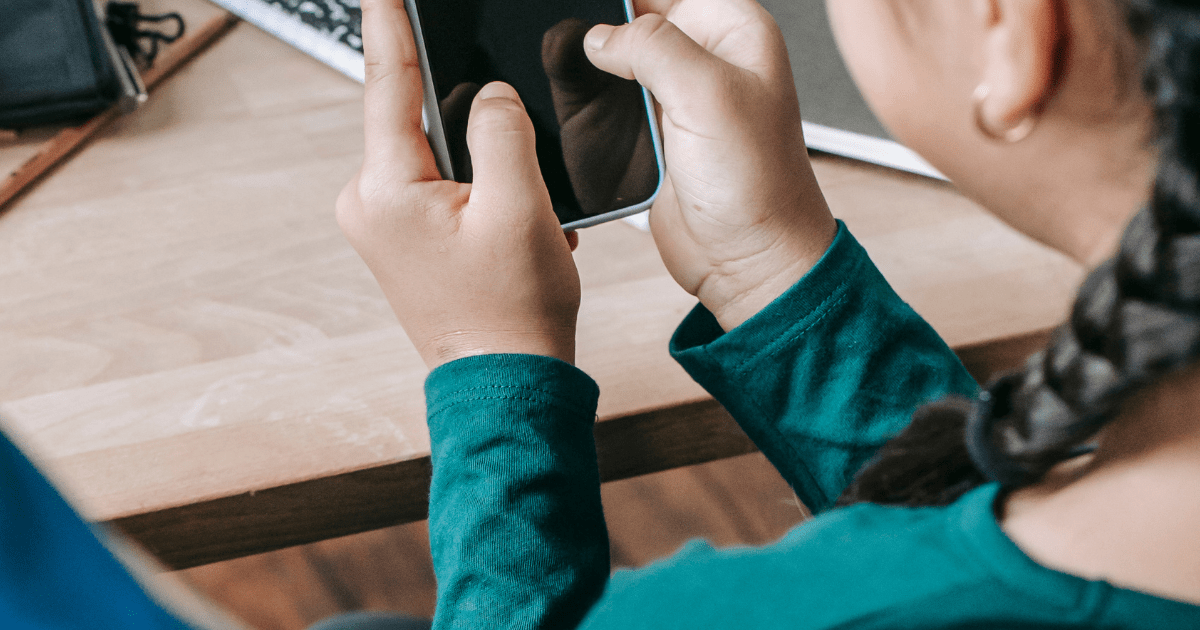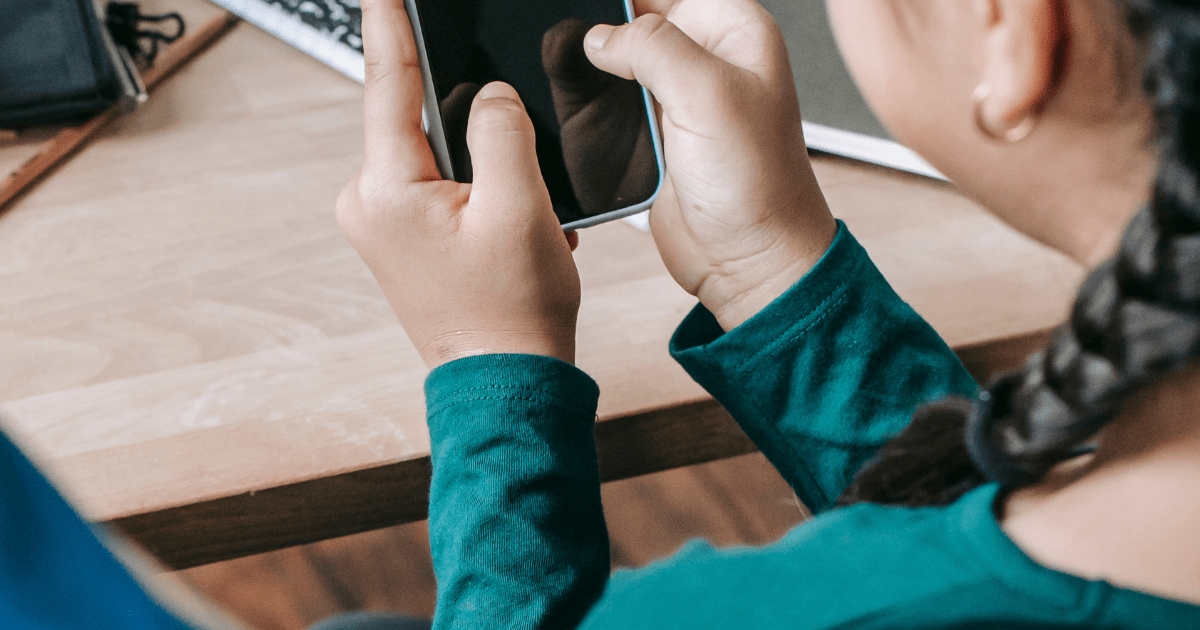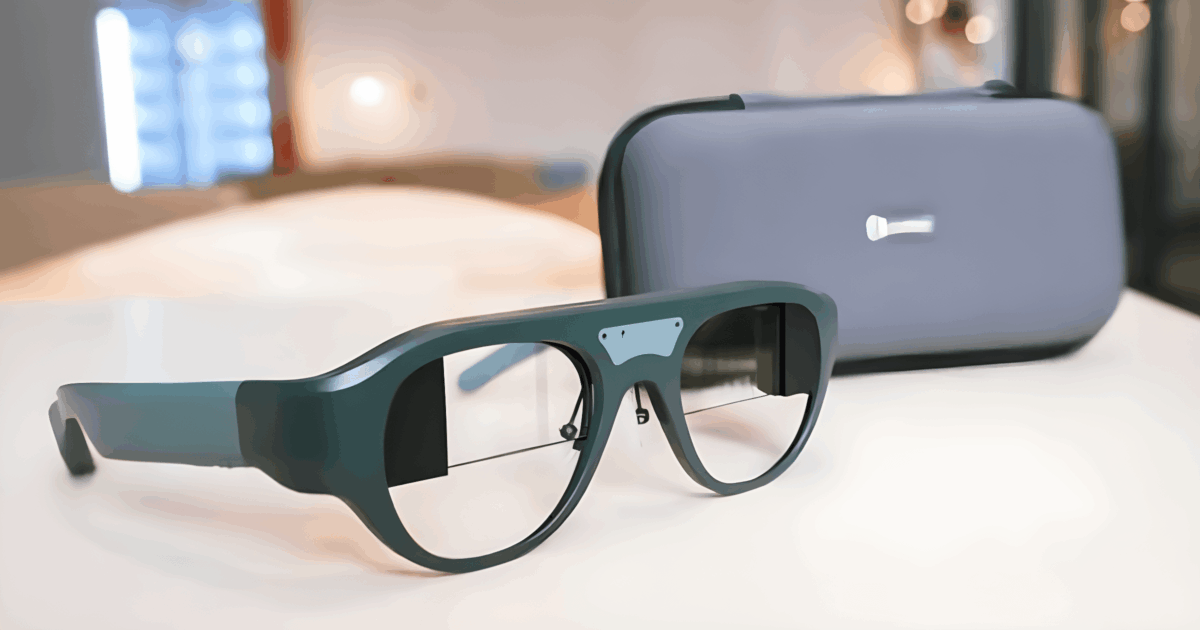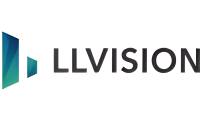Oroi, a virtual reality tool aimed at providing physical and cognitive stimulation to older adults
Oroi, a virtual reality tool aimed at providing physical and cognitive stimulation to older adults
OROI
Virtual reality platform designed to promote physical and cognitive stimulation for older adults
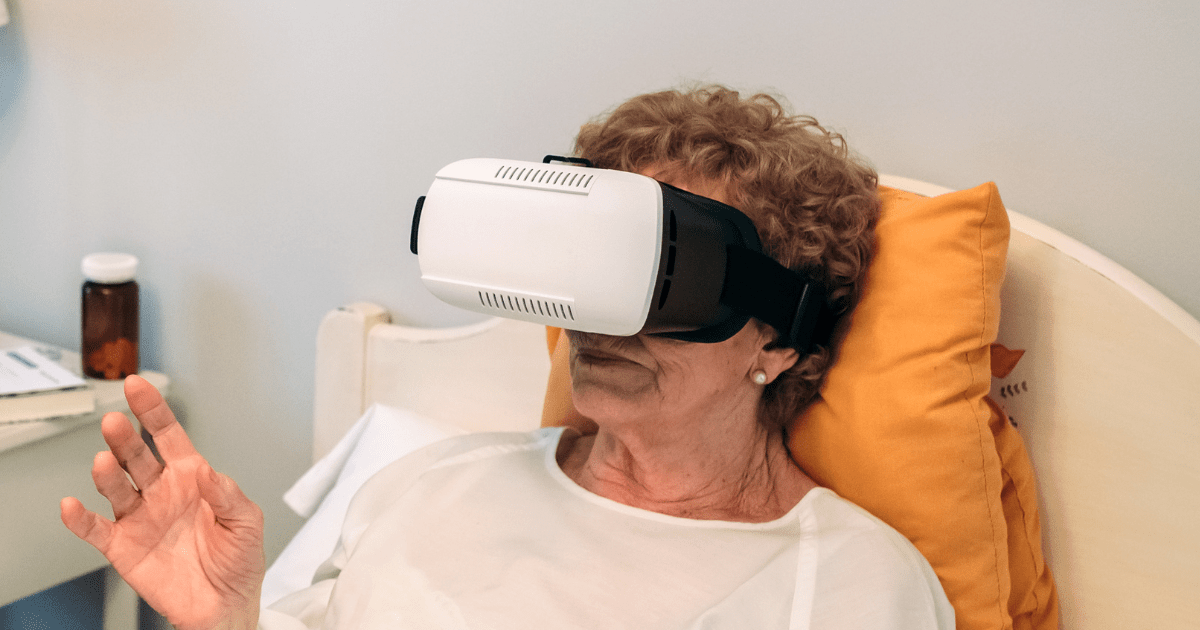
Oroi is a virtual reality platform developed to improve the quality of life of older adults through immersive experiences that promote emotional well-being and active aging. Its main objective is to facilitate Person-Centered Care (PCC) with stimulating and easy-to-use digital content.
Using a simple display system with virtual reality glasses, people can travel to natural landscapes, cities, monuments, or relive spaces and moments from their past. These experiences connect them with past experiences, stimulating their memory and improving their emotional well-being.
The platform includes a comprehensive support service for professionals who use it: initial training, technical assistance, and follow-up. This makes it very easy to incorporate into the routine of healthcare centers, without requiring advanced technical knowledge. Professionals can use Oroi as a practical and effective tool to deliver the most engaging and dynamic sessions.
Oroi features a simple and accessible interface with dynamic and stimulating audiovisual content aimed at seniors. This customization allows sessions to be tailored to each individual’s tastes, life history, and preferences.
The tool helps improve the emotional and cognitive state of older adults, increasing their participation and engagement in activities. It also offers professional teams a new way of working that enriches interventions and strengthens the bond between caregivers and those being cared for.
Location
The Basque Country
Partners / Founders
Jorge Maylin
Genesis
Oroi was born in 2018 as a project focused on the tourism sector through virtual reality. At a trade show, they observed the interest and positive response from seniors when they tried the experience, which led them to conduct a trial in a nursing home. The success of this initiative prompted them to redirect the project and focus fully on the application of virtual reality for the well-being of seniors.
Level of implementation
The product began being used in nursing homes and daycare centers as a support tool for therapy sessions. Starting in 2023, home pilots began, and the tool began being sold to various companies.

Banc d’innovacions




